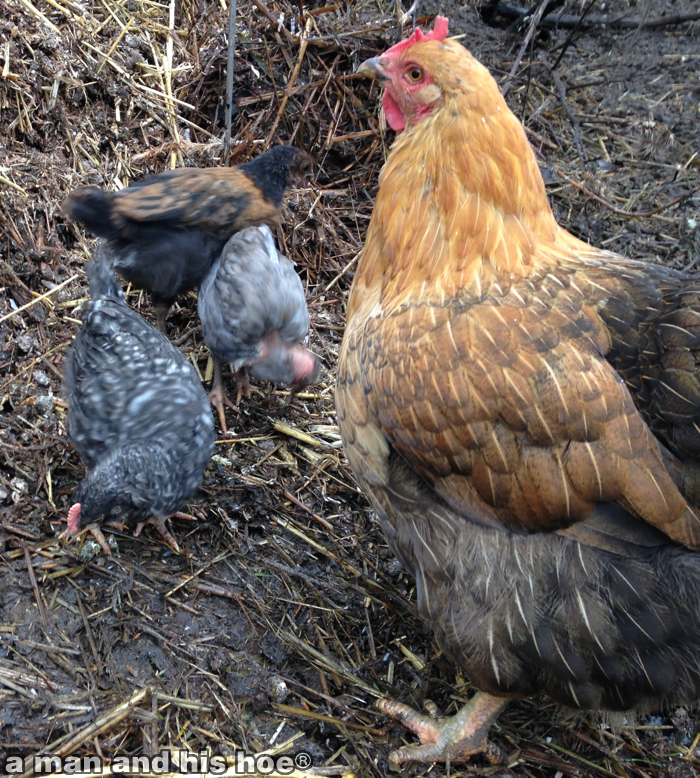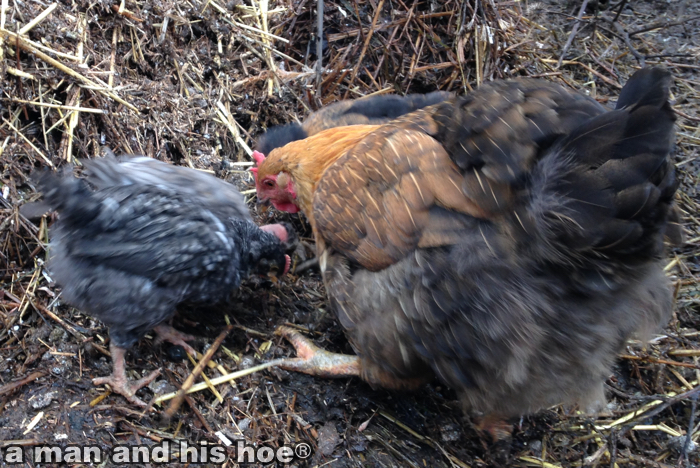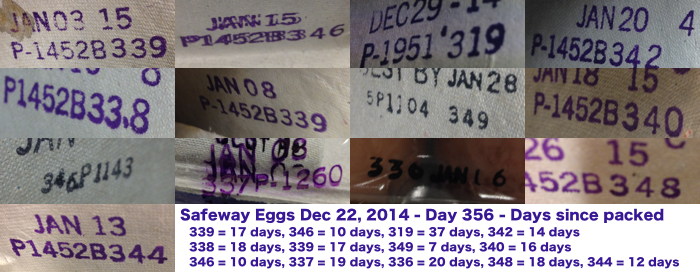
Often when a year ends and a new one begins, other than the dates on the calendar changing, there’s very little to mark the change. This year, for us, there are many endings and beginnings. Yesterday evening, marked another ending. Woody, our dear friend for fifteen years, passed away peacefully, lying comfortably between us on the couch.
He was always such a cheerful companion. He spent many hours in the evening, snuggled between my legs when I relaxed on the couch. It’s hard to imagine life without him. His health started to deteriorate this summer, and these last few weeks, he weakened so much, that we scheduled our veterinarian to come on Monday for a final farewell. But he went on his own, with our hands comforting him.


Woody was a great companion for his sister, Winnie, until she suddenly died nine years ago, and after that, he was Rusty’s best friend and playmate.






After saying our goodbyes, we wrapped him in one of his blankets, and let him spend the night on one of his favorite chairs by the wood stove. During the winter, he loved lying in front of the warm wood stove, or on the chair next to it. This morning we buried him in the garden, next to his sister. In a few months, his grave will be surrounded by beautiful flowers, and we’ll fondly remember our dear friend each time we walk by.









